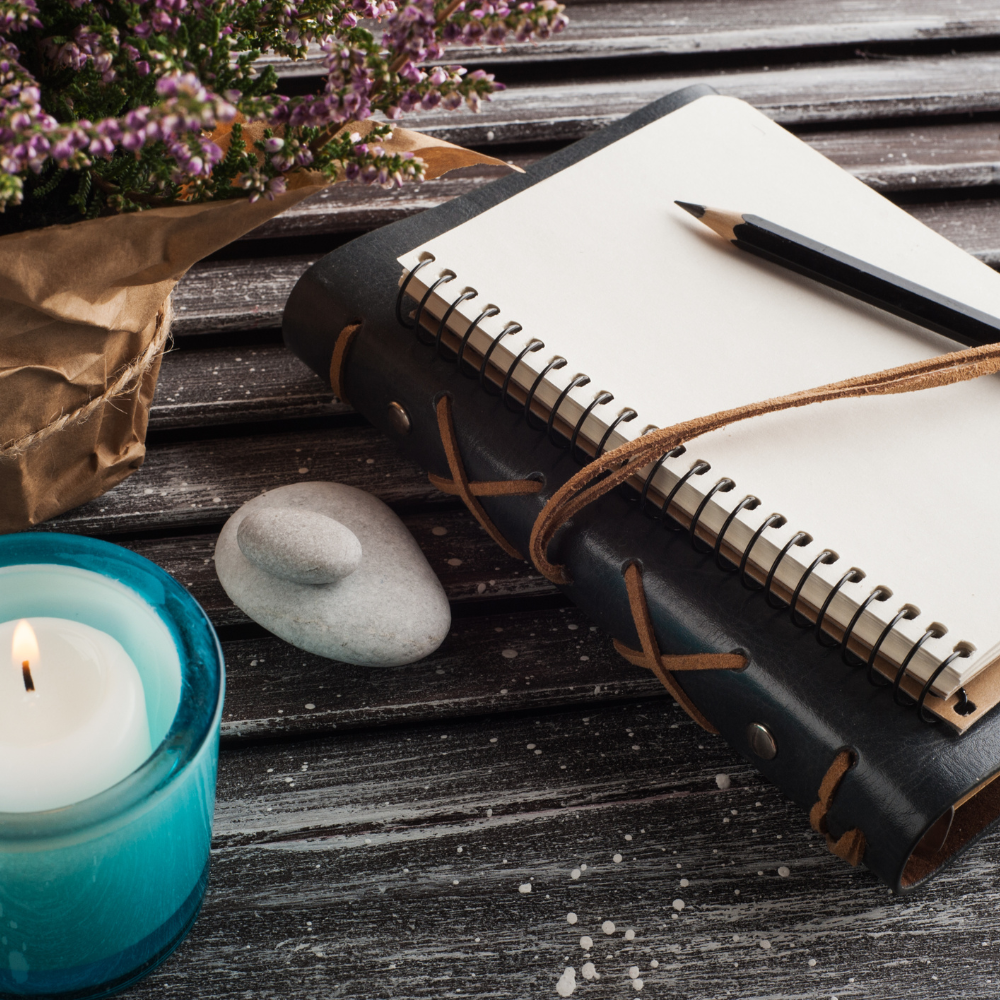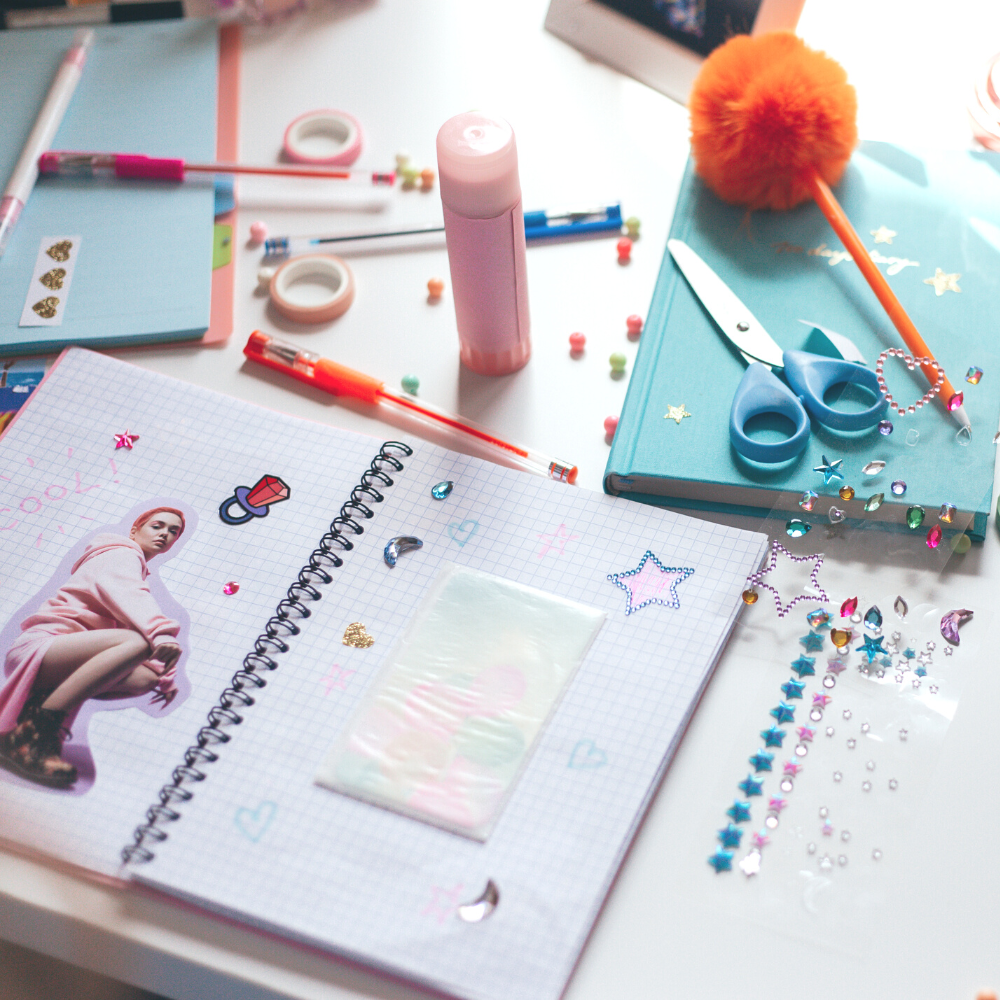Have you ever felt your soul itching to create something but didn't have the time or inspiration to tackle a big project?
Do you find yourself captivated by all the amazing art but feel too intimidated to try something new?
An art journal can be your solution!
The art journal is a low-pressure way to express yourself creatively that you can do anywhere, anytime inspiration strikes. It's the perfect way to flex your artistic muscles without committing to a multi-day project.
Within the pages of your journal, you control the creative flow - one page could be filled with doodles, another with stencils and patterns, landscape sketches, poem outlines, whatever sets your artistic soul on fire!
These journals are a personalized space for you to experiment, explore artistic ideas without boundaries, and unleash your inner creator.
This versatile journal is part sketchbook, part diary - it allows you to combine illustrations, poetry, photos, collected ephemera and more into one cohesive creative outlet.
Your art journal exists solely for your own expression, so there is no pressure to "get it right."
Want to channel your inner creator but feel too intimidated to create a finished masterpiece?
No problem - art journaling gives you permission to play, push boundaries and grow as an artist without any pressure for perfection.
It's the perfect low-risk way for artists both seasoned and curious to engage in creative self-expression every single day.
Are you ready to dive into this meditative, meaningful practice and discover hidden creative talents?
Ready to start your journey of self-discovery?
Keep reading to learn how you can embark on your own art journaling journey today and bring out your untapped talents!
Key Takeaways:
- Understand the essence of art journaling and how it serves as a tool for self-expression and personal growth.
- Discover the variety of art supplies and techniques that can be used to create unique art journal pages.
- Learn how to overcome the intimidation of a blank page with art journal prompts and ideas to kick start your creative process.

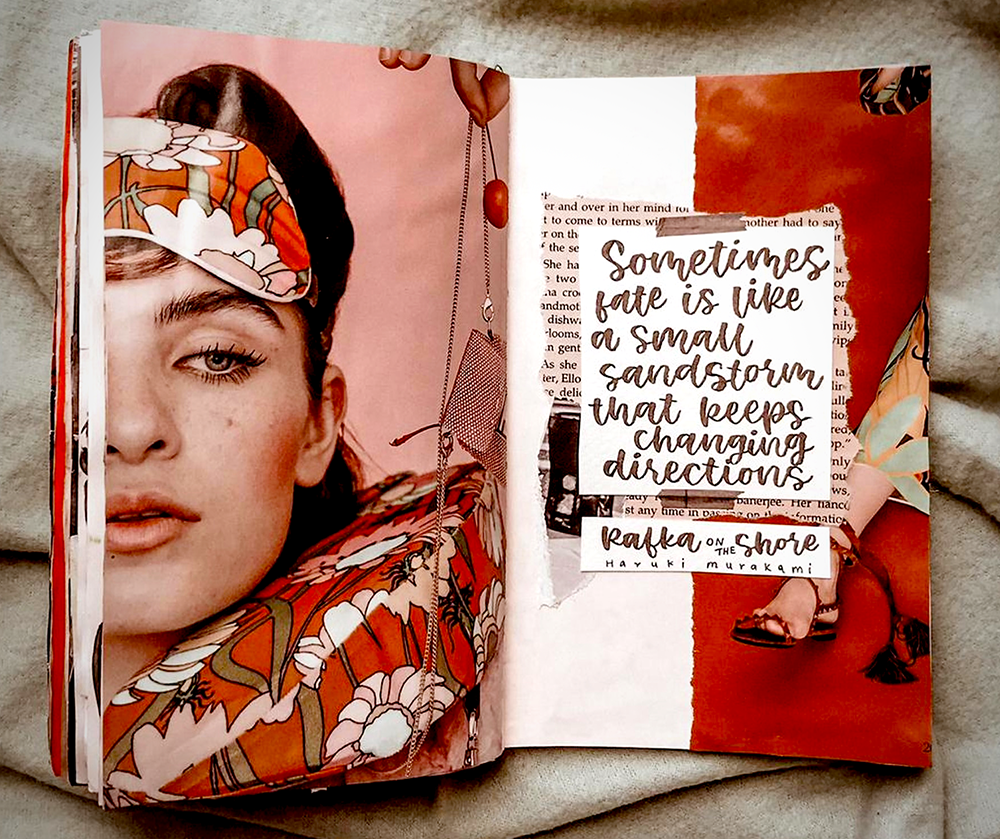
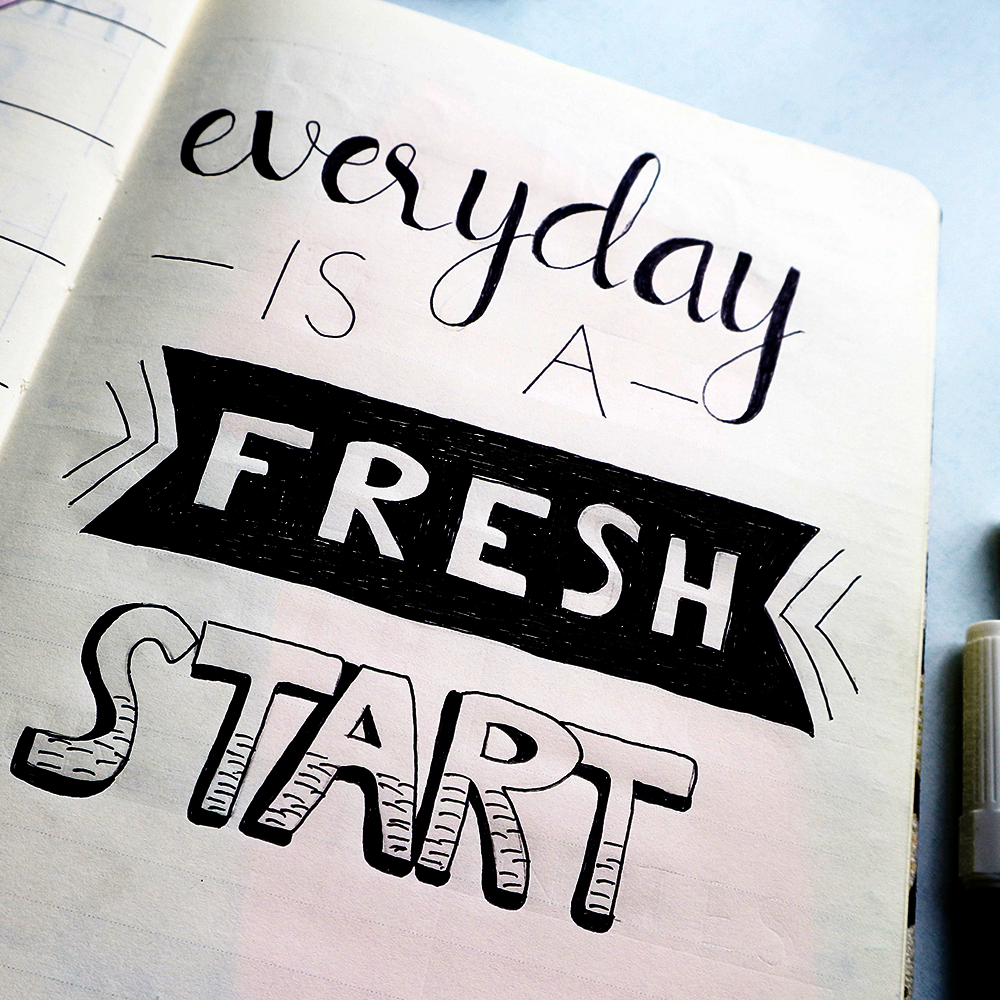
The Essence of Art Journaling
Art journaling is a multifaceted activity that allows individuals to record their thoughts, memories, and emotions through a combination of visual art and writing.
It is a vibrant and expressive form of self-expression that combines elements of writing, drawing, and painting.
These journals are a personal space where artists and non-artists alike can explore their creativity without the pressure of creating a masterpiece.
An art journal is so much more than just a sketchbook—it's a multi-dimensional playground where you can experiment freely without limits or judgments.
Within its pages, you can combine words, paint, collage, doodles, thoughts—anything goes!
It's the perfect low-pressure way to simply play and see where your creative flow takes you.
It's a place where experimentation is not only allowed, but encouraged; it's a great way to express your emotions, creativity, and thoughts in a fun and unique way.
You don't have to be a professional artist to create art journals, and anyone, regardless of skill level, can enjoy this beautiful form of creative self-expression.
This comprehensive guide will delve into the world of art journals, providing you with everything you need to know to start your own creative journaling journey.
It is a form of visual diary that captures the essence of your daily life and inner world.
Unlike traditional journals, art journals are not limited to text; they encourage the use of images, colors, and various artistic techniques to convey a message or feeling.
The act of creating an art journal can be therapeutic and meditative, as it allows individuals to reflect on their thoughts and emotions in a creative and non-judgmental way.
It's a powerful tool for self-discovery, personal growth, and inner healing.
Through the process of journaling, you can tap into your subconscious mind, explore your creativity, and express yourself in a way that words alone cannot capture.
It's an invitation to explore, experiment, and let your imagination run wild on the pages of your journal.
A Safe Space for Creativity
An art journal serves as a safe space where the rules of conventional art do not apply.
It's a place where you can experiment with different textures, materials, and art forms without fear of judgment.
This freedom is what makes art journaling an appealing practice for self care and personal exploration.
It allows you to let go of perfection and embrace imperfections, ultimately leading to a greater sense of self-acceptance and self-love.
Art journaling is all about the process, not the end result.
The act of creating is what counts, rather than the final product.
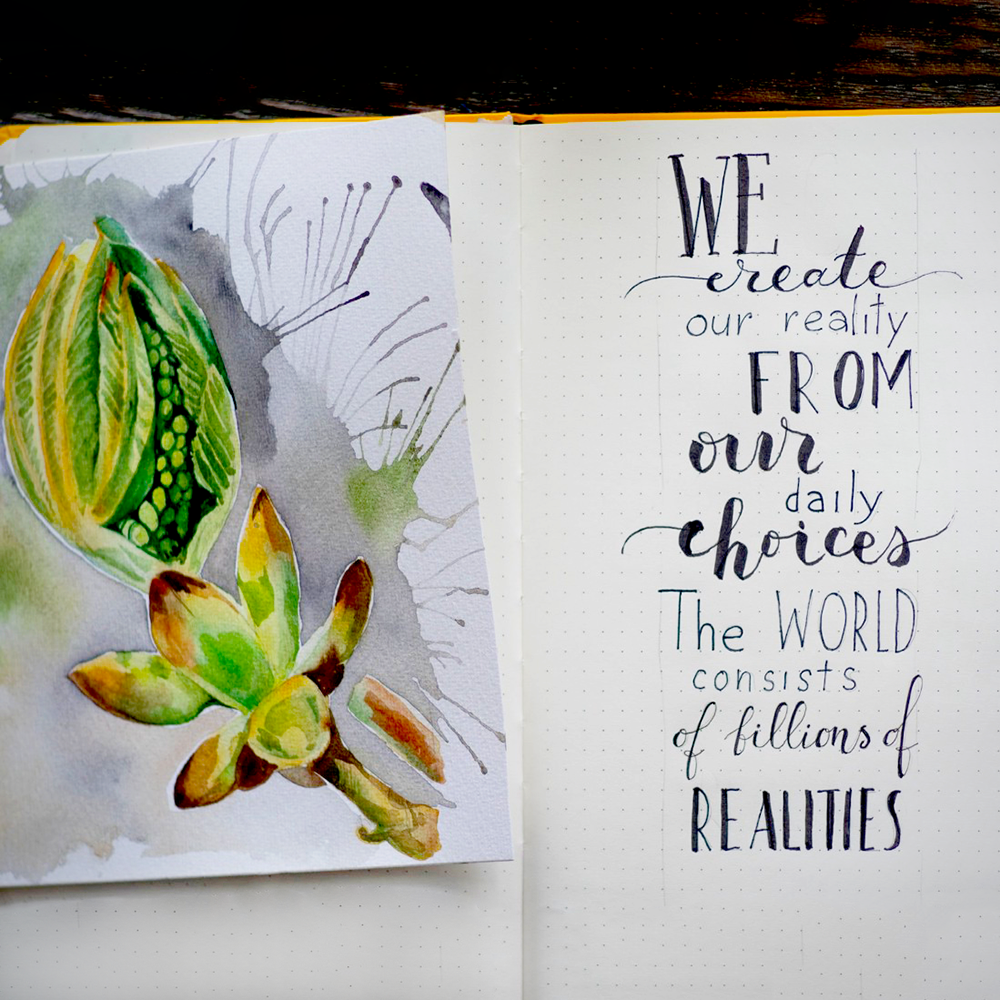
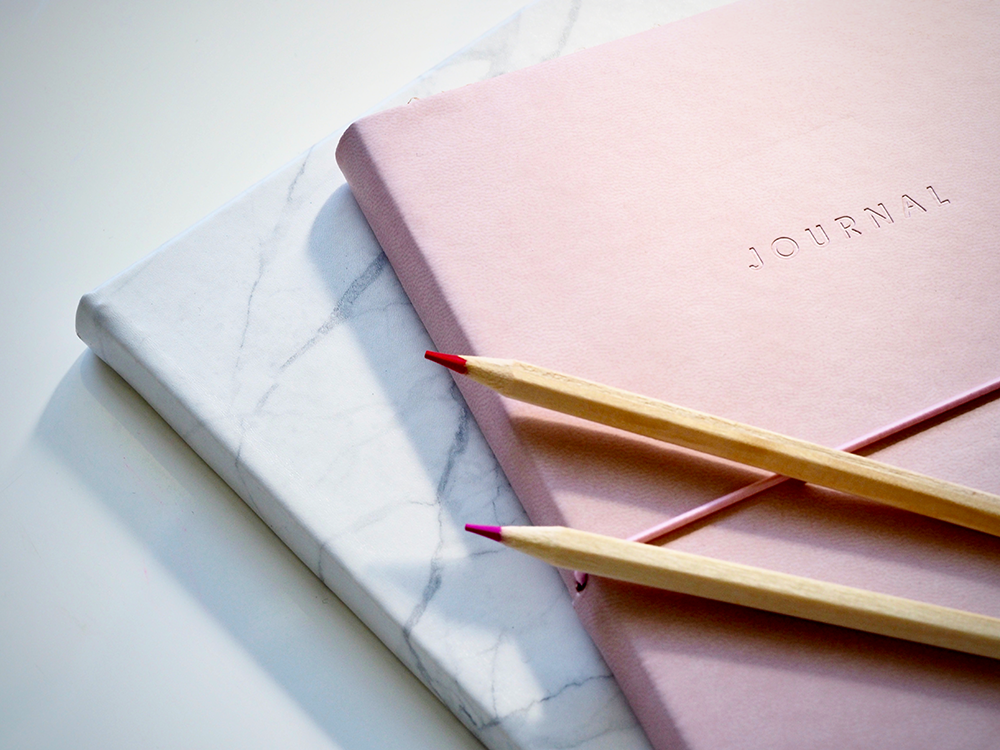

Choosing Your Own Journal
Selecting the right journal is the first step in your art journaling practice.
A good art journal typically has thicker paper to withstand different art materials and techniques.
Blank journals, bullet journals, or even travel journals with thick paper can serve as an excellent foundation for your art journal pages.
It's also important to choose a journal that you feel comfortable using, whether it's small and portable or large and spacious.
Make sure to consider the type of art supplies you will be using to ensure they work well with your chosen journal.
Art Supplies and Techniques
The possibilities are endless when it comes to choosing art supplies for your journal.
From watercolors to markers, pens to paintbrushes, the choice is yours!
Here are a few recommended supplies that can add dimensions and textures to your art journal pages:
- Watercolor paints
- Acrylic paints
- Markers
- Gel pens
- Colored pencils
- Stickers and washi tape
- Collage materials (magazines, old book pages, scrapbook paper, etc.)
- Stencils and stamps
Experiment with different techniques such as layering, blending, stamping, collage-making, and more to create unique and visually appealing pages that speak to your inner self.
Remember, there is no right or wrong way to create an art journal!
The quality of your art supplies can significantly impact your art journaling experience.
High-quality art materials can make the process more enjoyable and the results more satisfying.
From acrylic paint to colored pencils, choosing the right art journal supplies is crucial for a fulfilling artistic process.
The Role of Mixed Media
Mixed media artist techniques are a staple in art journaling.
Combining different mediums such as collage materials, acrylics, and watercolors can add depth and interest to your art journal pages.
This approach allows for a rich exploration of textures and styles within one journal.
It also allows for the incorporation of personal items such as photos, ticket stubs, and other ephemera that hold sentimental value.
By combining various mediums and materials, you can create a unique story on each page of your art journal.
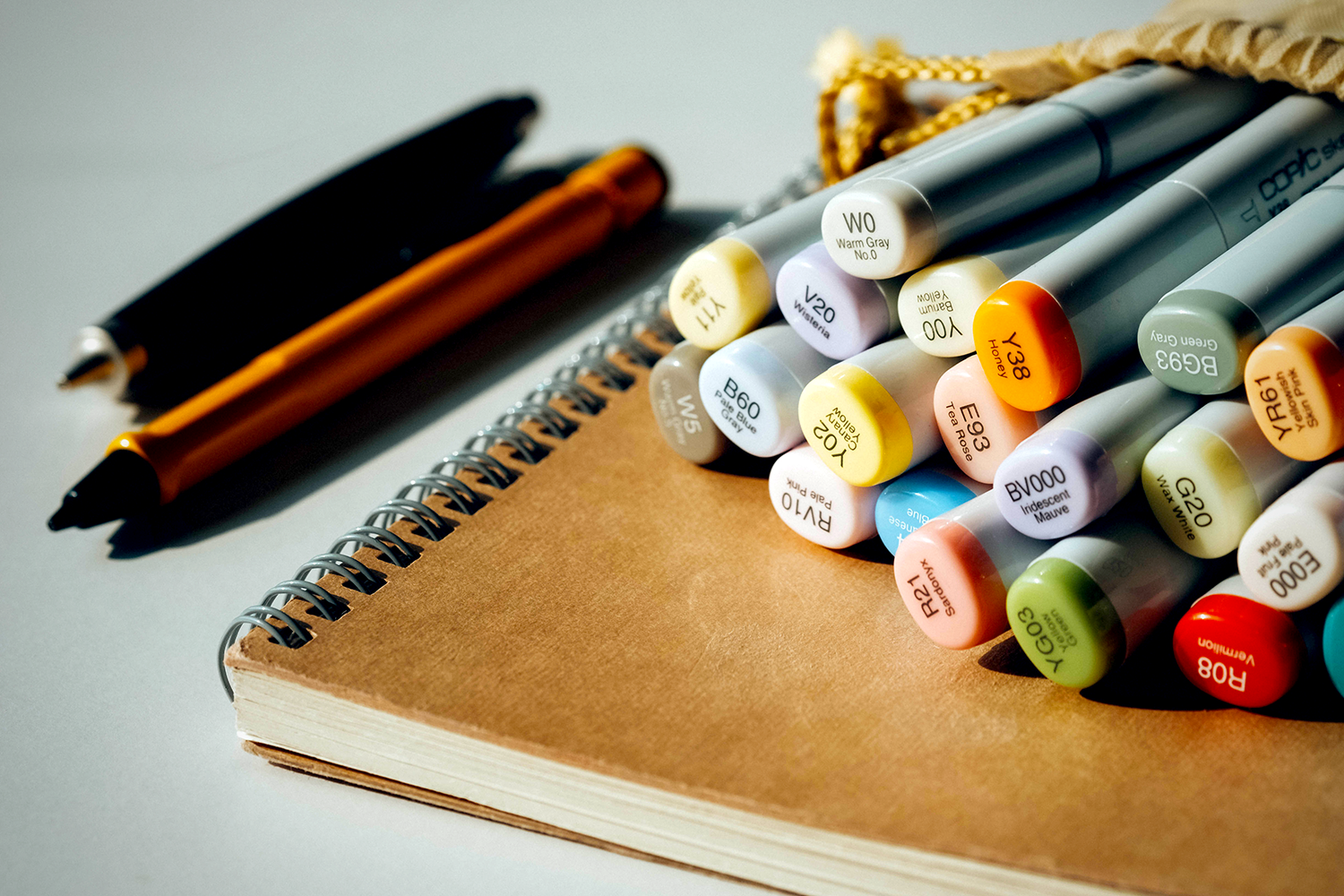
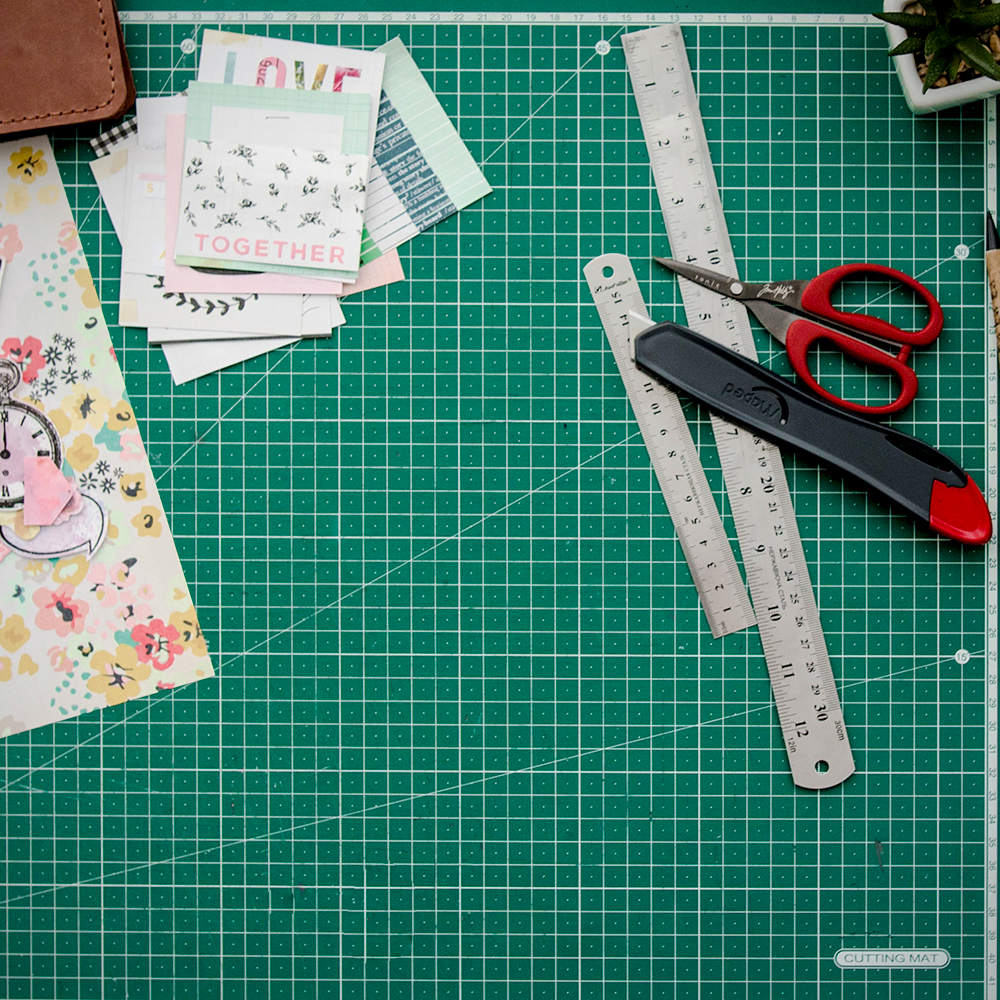
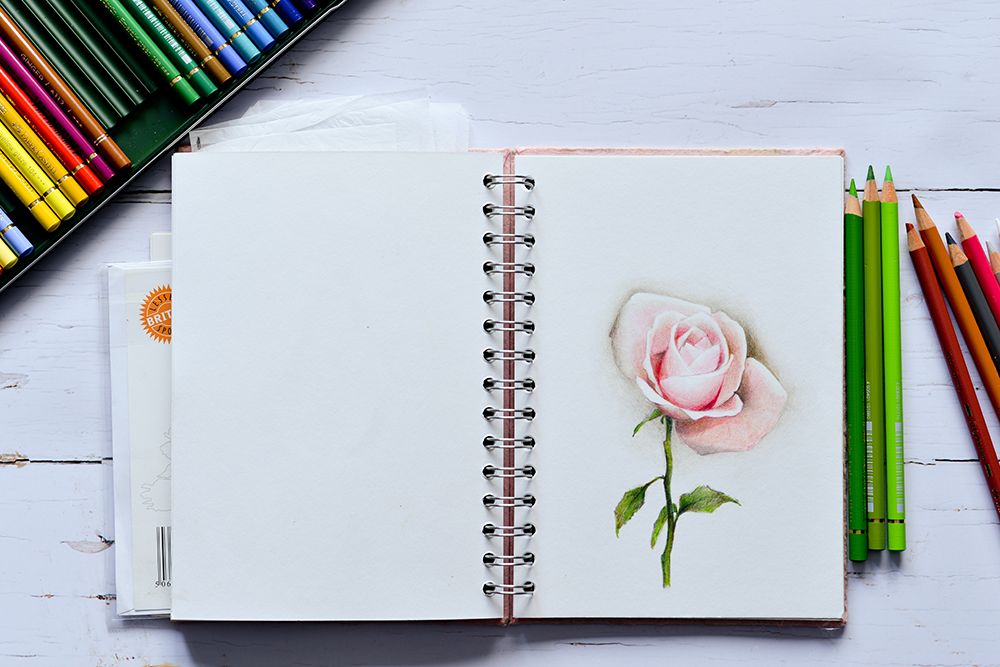
Layering Techniques in Art Journaling
Layering is a popular technique in art journaling that involves adding multiple levels of collage elements, paint, and other materials to create backgrounds and focal points.
This method can add complexity and richness to your pages, making each spread a unique piece of art.
Experiment with different layering techniques, such as using stencils to add patterns and shapes, or incorporating tissue paper for a transparent effect.
The possibilities are endless!
Incorporating Paper Ephemera
Paper ephemera, such as ticket stubs, postcards, and other found objects, can add a personal touch to your art journal.
These items can serve as inspiration or become integral parts of your journaling ideas, adding a tangible connection to your memories and experiences.
Using paper ephemera is also an eco-friendly way to add textures and colors to your pages.
Using Collage Materials
Collage is a versatile art form that can be incorporated into art journals.
Collage materials can range from magazine clippings to handmade papers, providing endless possibilities for creating backgrounds and adding visual interest to your pages.
Collage materials allow for experimentation and can add a unique touch to your art journal.
Exploring Artistic Techniques
Art journaling is not just about pasting and painting; it's about exploring a wide range of artistic techniques.
From simple doodles to complex illustrations, art journals are a playground for trying out new art techniques and finding your unique artistic voice.
Don't be afraid to experiment and find the techniques that work best for you.
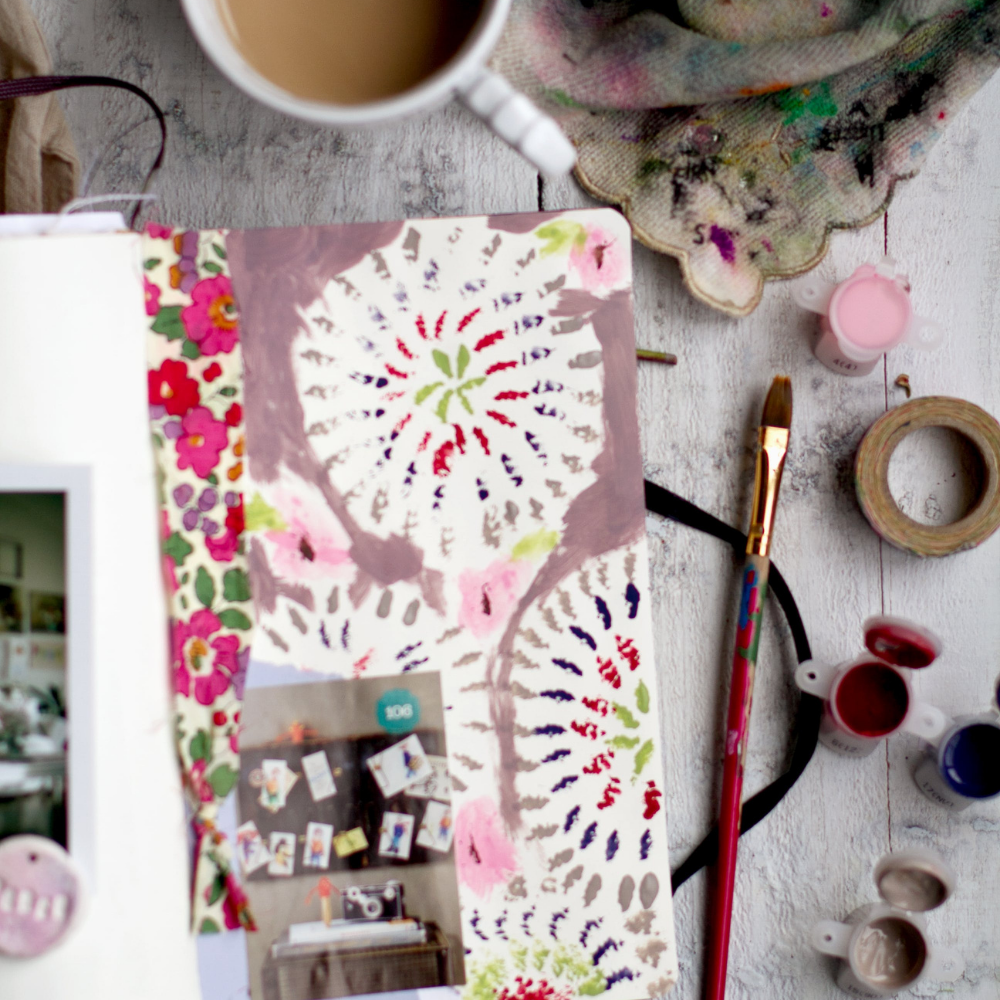


Overcoming the Intimidation of a Blank Page
A common fear that many aspiring art journalists face is the intimidation of a blank page.
The thought of creating something from scratch can be overwhelming, but don't let it hold you back!
To art journal effectively, it's important to have strategies to overcome this hurdle.
Using art journal prompts or drawing inspiration from everyday life can help ignite your creativity and fill the page with vibrant content.
Art journal prompts are questions or suggestions that can help guide your creative process.
They can range from simple tasks like creating a painted background to more complex challenges like crafting a self portrait.
These prompts provide a starting point for those who may need more detail to get their creative juices flowing.
Here are a few ideas to get you started:
- Create a gratitude page with images and words that represent things you are thankful for.
- Use lyrics from your favorite song as inspiration for a page.
- Reflect on a recent dream and incorporate it into your journal.
- Use nature as inspiration, incorporating leaves, flowers, or other natural elements onto the pages.
- Write a letter to your future self and include it in your journal.
- Create a page that represents your current mood or emotions using colors, textures, and images.
Learning from Other Artists
One of the best ways to grow in your art journaling practice is to learn from other artists.
Observing the work of art journalists and mixed media artists can provide inspiration and insight into different approaches to art journaling.
Don't hesitate to reach out to other artists or join art journaling communities for support and ideas.
Let other artists' work spark your own creativity and take your art journaling to the next level.
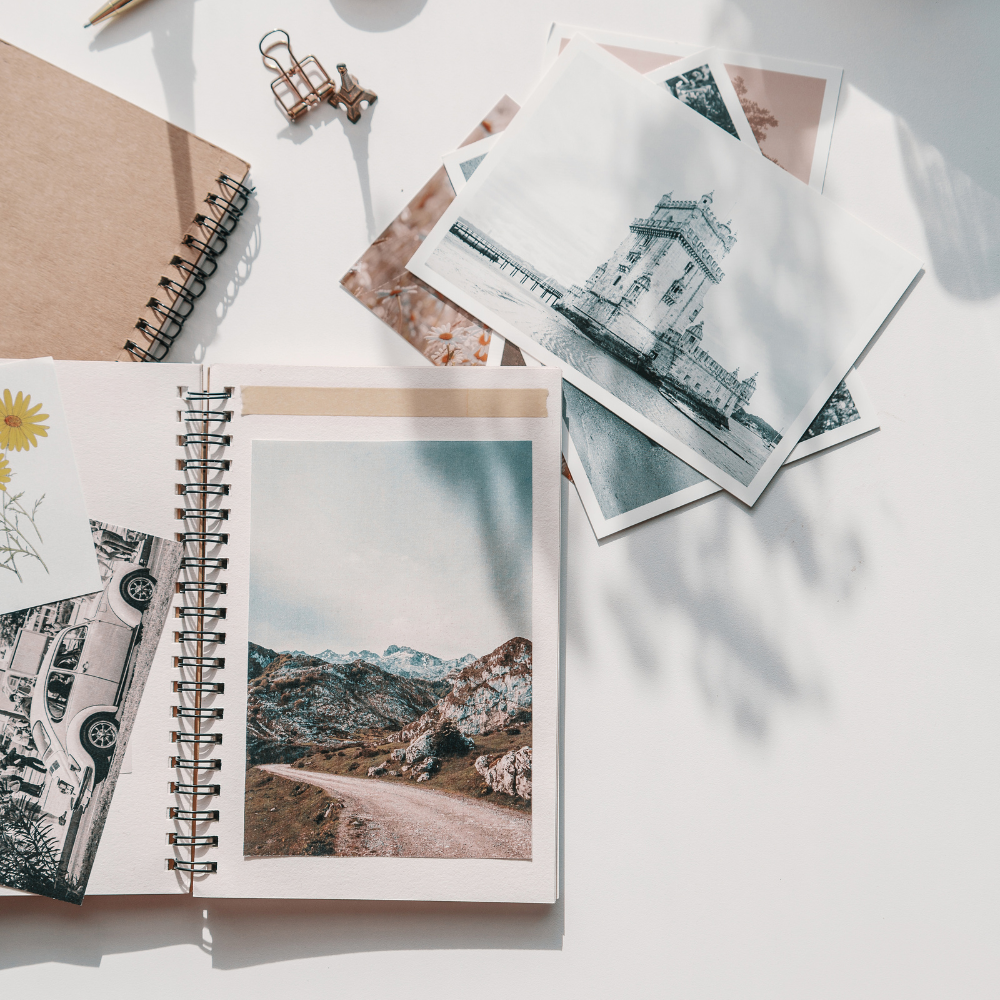
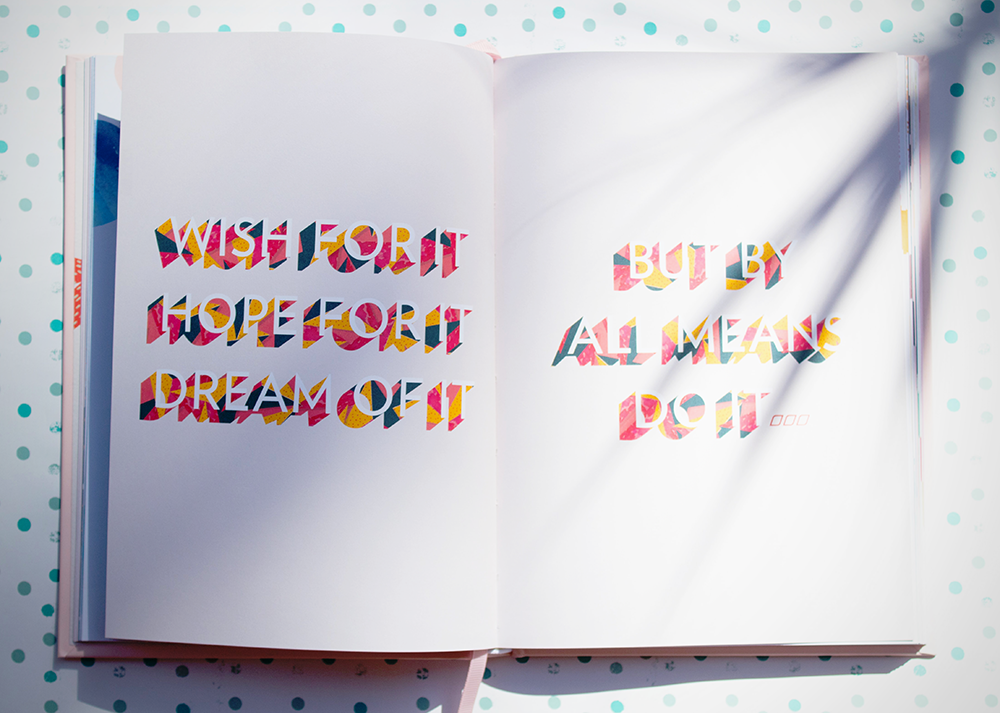
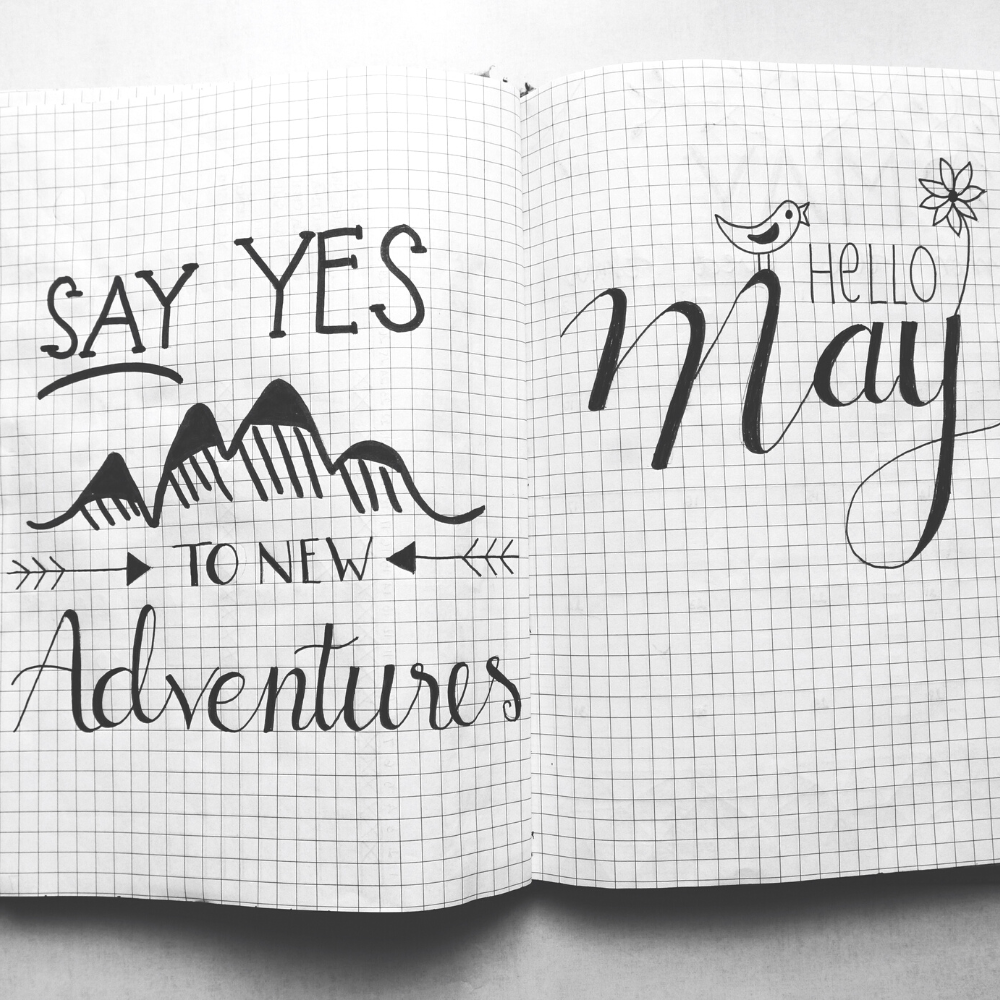
Significance of Focal Points in Art Journal Pages
Creating a focal point in your art journal page is a fundamental concept that can transform a chaotic spread into a harmonious masterpiece.
A focal point draws the viewer's eye to the most important part of your page, providing a visual anchor that adds meaning and clarity to your work.
By strategically placing elements such as a bold color, a unique texture, or a significant image, you can guide the observer's attention to where you want it.
This technique is not just about aesthetics; it's a powerful tool for self-expression, allowing you to highlight the emotions or thoughts that are most important to you in your creative practice.
In practice, establishing a focal point can be as simple as drawing faces that catch the eye or using a travel journal entry to anchor the page.
The key is to create a point of interest that stands out against the rest of the elements.
This could be achieved through contrast, scale, or even isolation.
For instance, if your art journal ideas include a mix of written words and imagery, you might choose to write a poignant quote in a bold script as the focal point, surrounded by more subdued sketches and colors.
This not only adds depth to your art journal page but also serves as a method to de-stress, as it provides a singular point to focus your thoughts and reflections.
Expand Creative Practice with Exhaustive Lists
Lists can be an unexpectedly rich source of inspiration for your art journal ideas.
An exhaustive list is not merely a collection of items but a springboard for deeper exploration into a theme or concept.
For example, you could write a list of places you've visited and use each location as a prompt for a travel journal page, reflecting on the experiences and how they've shaped your perspective.
Lists can also be abstract, such as emotions felt throughout the day or dreams for the future, each serving as a starting point for a new art journal page.
The act of list-making itself can be a form of creative practice.
It encourages mindfulness and can help to de-stress as it requires focus and reflection.
Once you have your list, select an item to develop into a full art journal page.
This could involve drawing faces that represent different emotions from your list or creating a collage that captures the essence of a dream.
The possibilities are endless, and the list provides a structure that can help to overcome the intimidation of a blank page.
By using lists as a tool for self-expression, you can add depth and intention to your art journaling journey, ensuring that each page is imbued with personal significance and creative exploration.

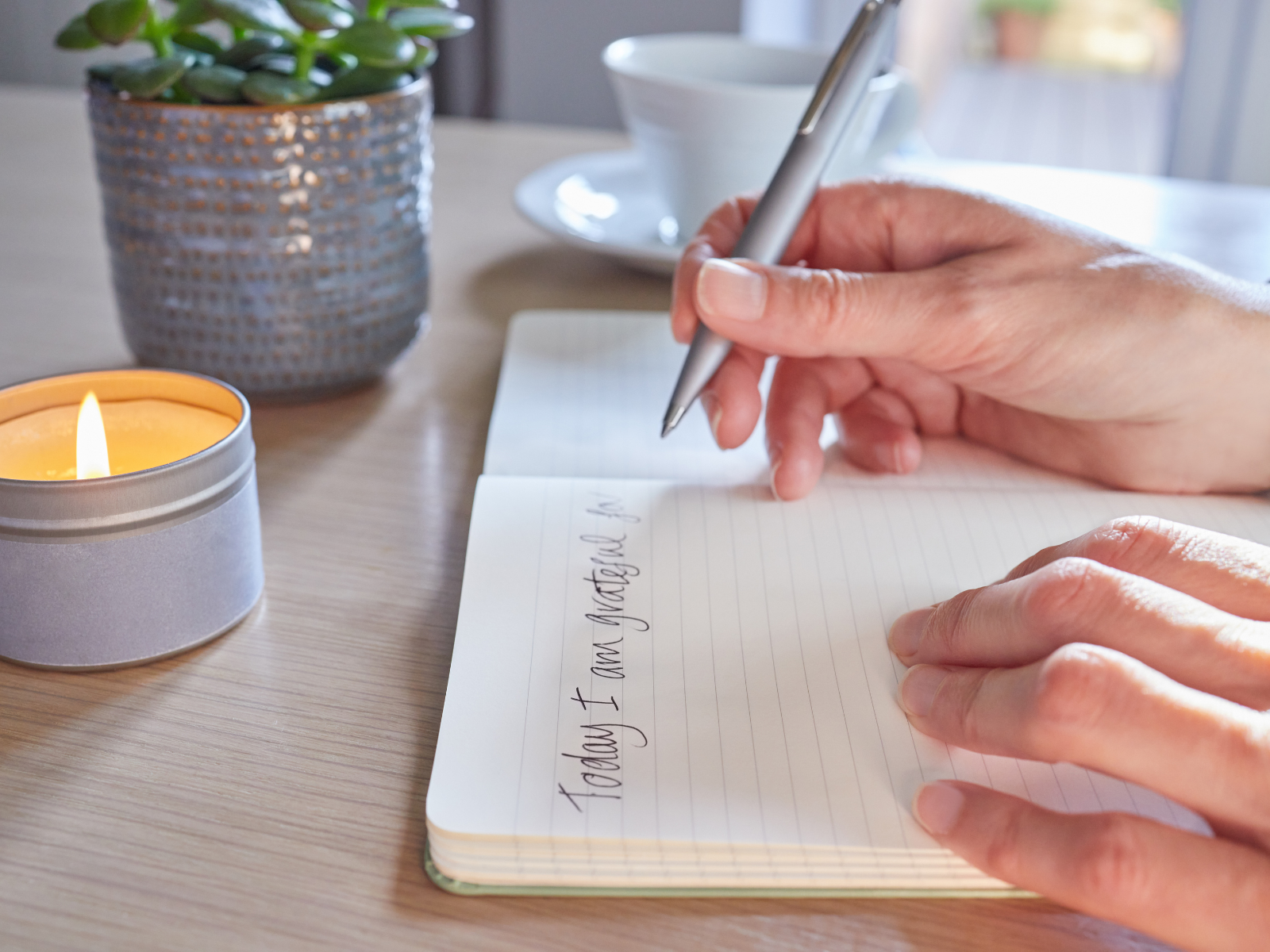
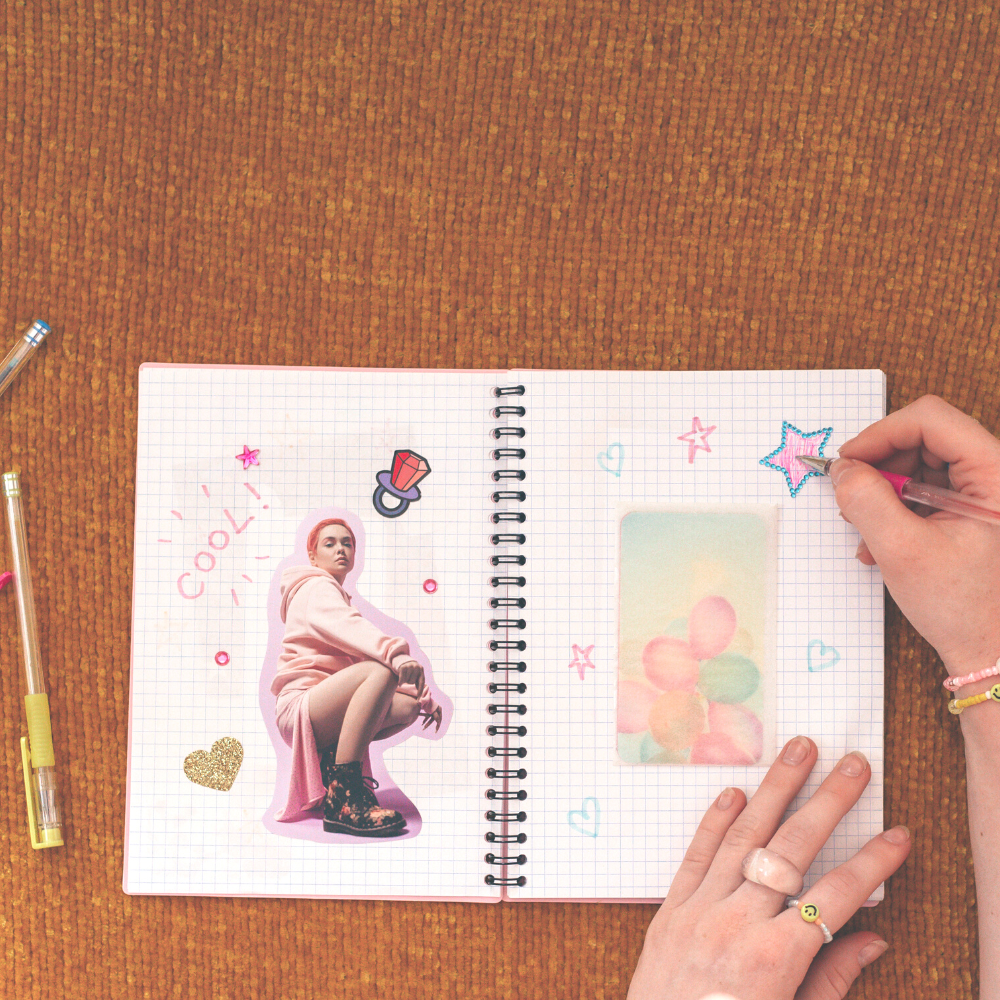
Exploring the Art of Zentangle
Zentangle is an easy-to-learn, relaxing, and fun way to create beautiful images by drawing structured patterns.
It's a meditative art form that is perfect for art journals as it encourages focus and creativity, providing a unique way to de-stress.
By incorporating Zentangle into your art journal, you can transform a simple sketch into a complex, engaging piece.
The repetitive nature of the patterns can help to calm the mind and offer a break from the chaos of daily life.
As you draw each stroke, you'll find your stress melting away, leaving you with a sense of accomplishment and a beautiful piece of art.
Art journal enthusiasts often turn to Zentangle when they're looking to unwind and explore new forms of expression within their pages.
Unlike traditional doodling, Zentangle is more structured and deliberate, which can help in creating a sense of order and tranquility.
It doesn't require any special artistic skills, making it accessible to everyone.
You can start with simple patterns and gradually work your way up to more intricate designs.
The key is to let go of any expectations and enjoy the process of creating something one line at a time.
Include Portraiture to Enhance Emotional Depth
Drawing faces in an art journal can be a powerful way to convey a wide range of emotions and experiences.
Faces are the mirrors of the soul, and incorporating portraiture allows for a deeper exploration of self-expression.
Whether it's through self-portraits or the faces of imagined characters, each line and contour can represent different facets of one's personality or emotional state.
Artists often find that the process of drawing faces helps them to connect with parts of themselves that are otherwise difficult to access, providing a visual language for complex feelings.
Furthermore, the practice of drawing faces in art journals can also serve as a skill-building exercise.
It challenges the artist to observe and capture the nuances of human expression, which can be both demanding and rewarding.
For those looking to de-stress, the concentration required to accurately depict facial features can act as a distraction from daily pressures, offering a peaceful retreat into the world of art.
By regularly practicing portraiture, art journal enthusiasts can not only enhance their technical abilities but also add a rich layer of emotional depth to their pages.
Mastering the Art of Drawing Faces in Art Journals
Drawing faces in art journals is not just about capturing a likeness; it's a way to enhance emotional depth and explore the human experience.
When you draw faces, you delve into the world of portraiture, which can be incredibly rewarding and insightful.
Each face tells a story, and by learning to capture different expressions, you can convey a wide range of emotions in your art journal.
It's a skill that requires practice, but even beginners can start by breaking down the face into simpler shapes and experimenting with shading and contouring to bring their portraits to life.
For those looking to de-stress through their creative practice, drawing faces can be particularly therapeutic.
It allows you to focus on the present moment, observing the subtle nuances that make each face unique.
As you sketch, you become more attuned to the details that convey emotion, such as the curve of a smile or the furrow of a brow.
This practice not only improves your drawing skills but also provides a deeper connection to your own emotions and those of others.
Whether you're creating self-portraits or drawing from imagination, the act of bringing faces to life on the page can be a powerful tool for self-expression and stress relief.

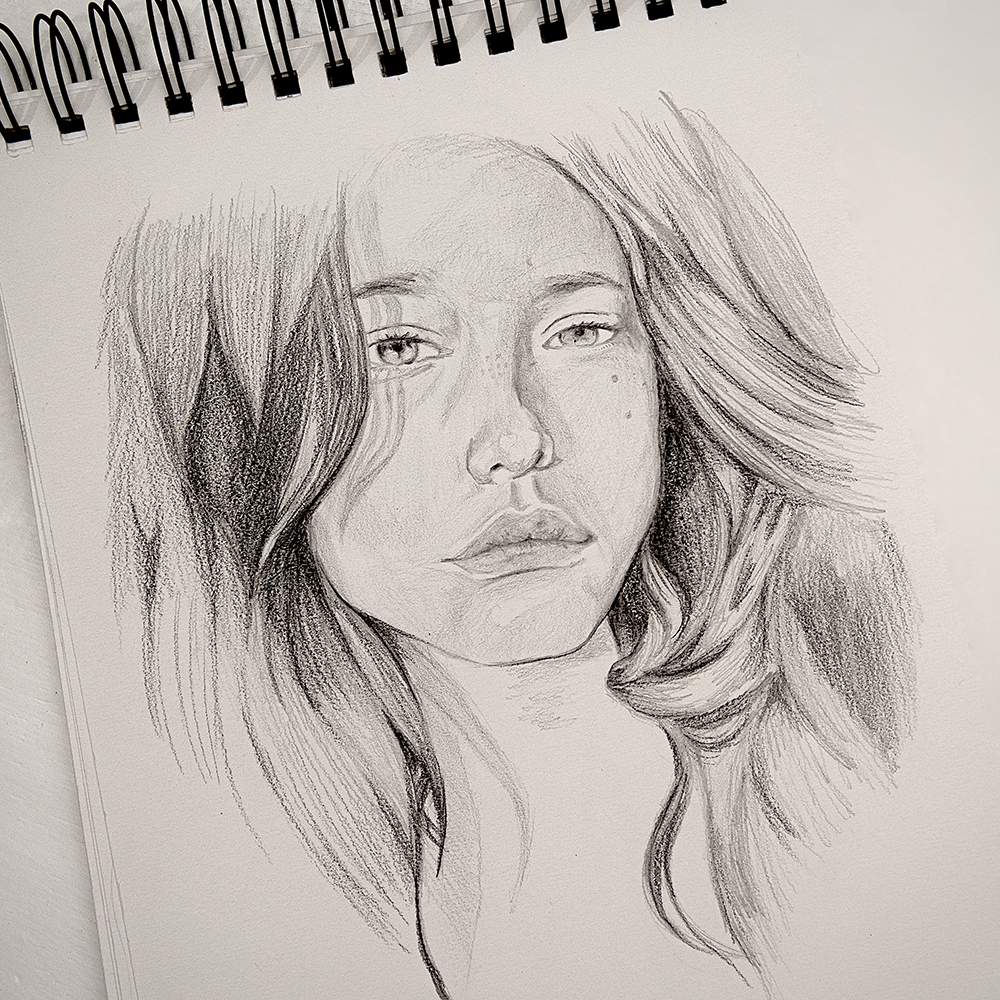
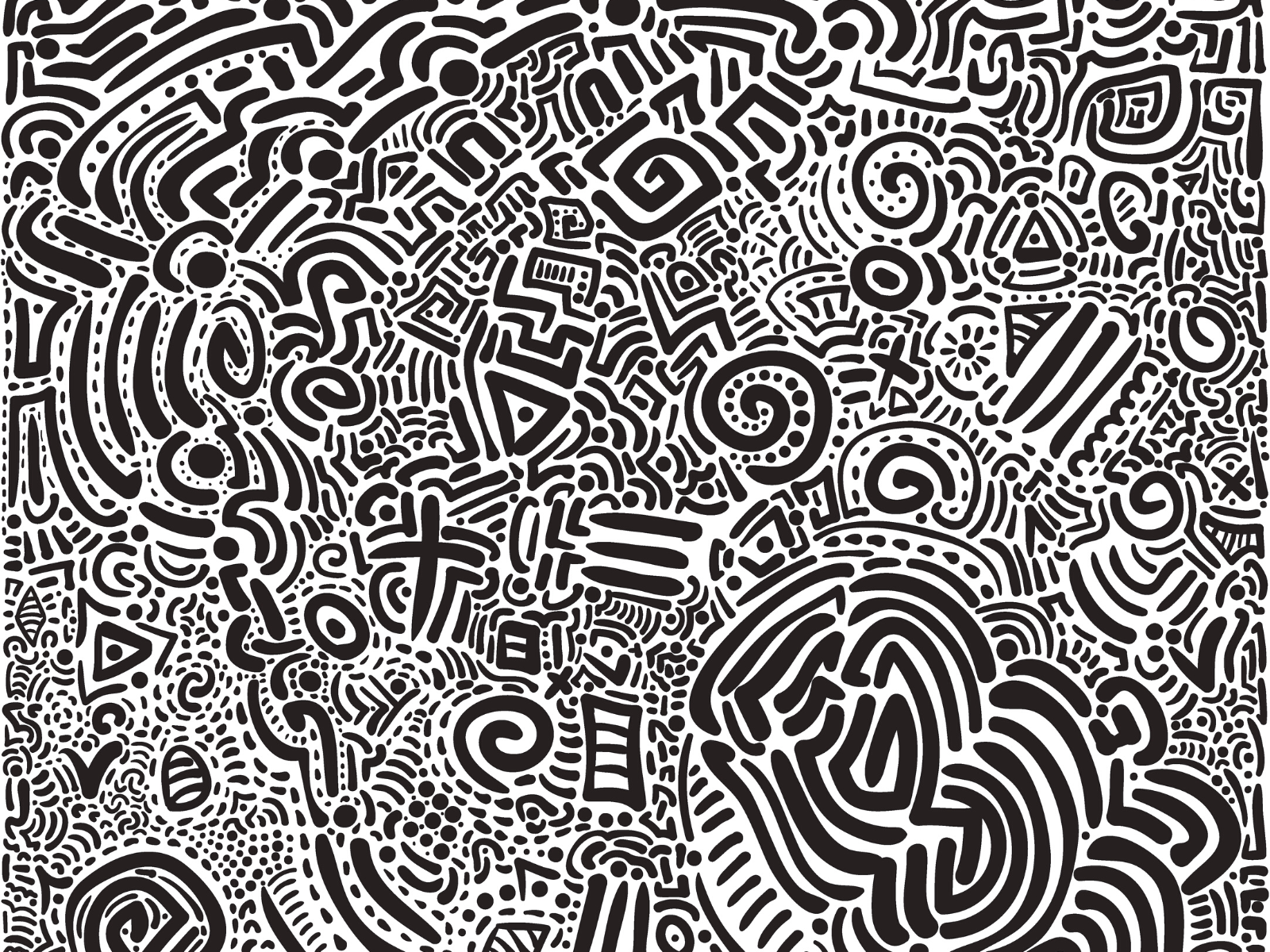
Therapeutic Benefits and Stress Relief
Art journaling is not just a creative outlet; it's a powerful tool for self-expression and stress relief.
By engaging in the process of visual diary-keeping, individuals can explore their innermost thoughts and emotions without the constraints of language.
This form of self-expression is particularly liberating for those who find it challenging to articulate their feelings through words.
The act of choosing colors, textures, and imagery that resonate with one's current state of mind can be a profound way to acknowledge and process emotions, leading to a sense of catharsis and emotional release.
Moreover, the repetitive motions involved in creating art, such as drawing faces or shading, can be incredibly soothing and serve as a form of de-stress.
The focus required to render expressions and details allows the mind to shift away from stressors and enter a meditative state.
This mindfulness aspect of art journaling helps in reducing anxiety and promoting relaxation.
As individuals immerse themselves in the creative flow, they often find that their stress levels diminish, making art journaling an effective practice for mental well-being.
Role of Color Psychology in Art Journaling
Color psychology is a potent tool in the realm of art journaling, particularly when it comes to using the practice as a means to de-stress.
Different colors can evoke a range of emotions and states of mind, which can be harnessed to enhance the therapeutic effects of art journaling.
For instance, blue hues are often associated with calmness and can be used to create a soothing atmosphere on the page.
Incorporating these colors into your art journal can help to set a tranquil tone for your session, allowing you to unwind and release tension as you create.
On the other hand, warm colors like reds and oranges can be energizing and stimulating, which might be beneficial when seeking motivation or a boost in mood.
The strategic use of color in your art journal can serve as a non-verbal communicator of your feelings, helping to process emotions without the need for words.
By understanding the psychological impact of different colors, art journal enthusiasts can curate their palette to support their mental well-being and use their journal as a powerful de-stressing tool.

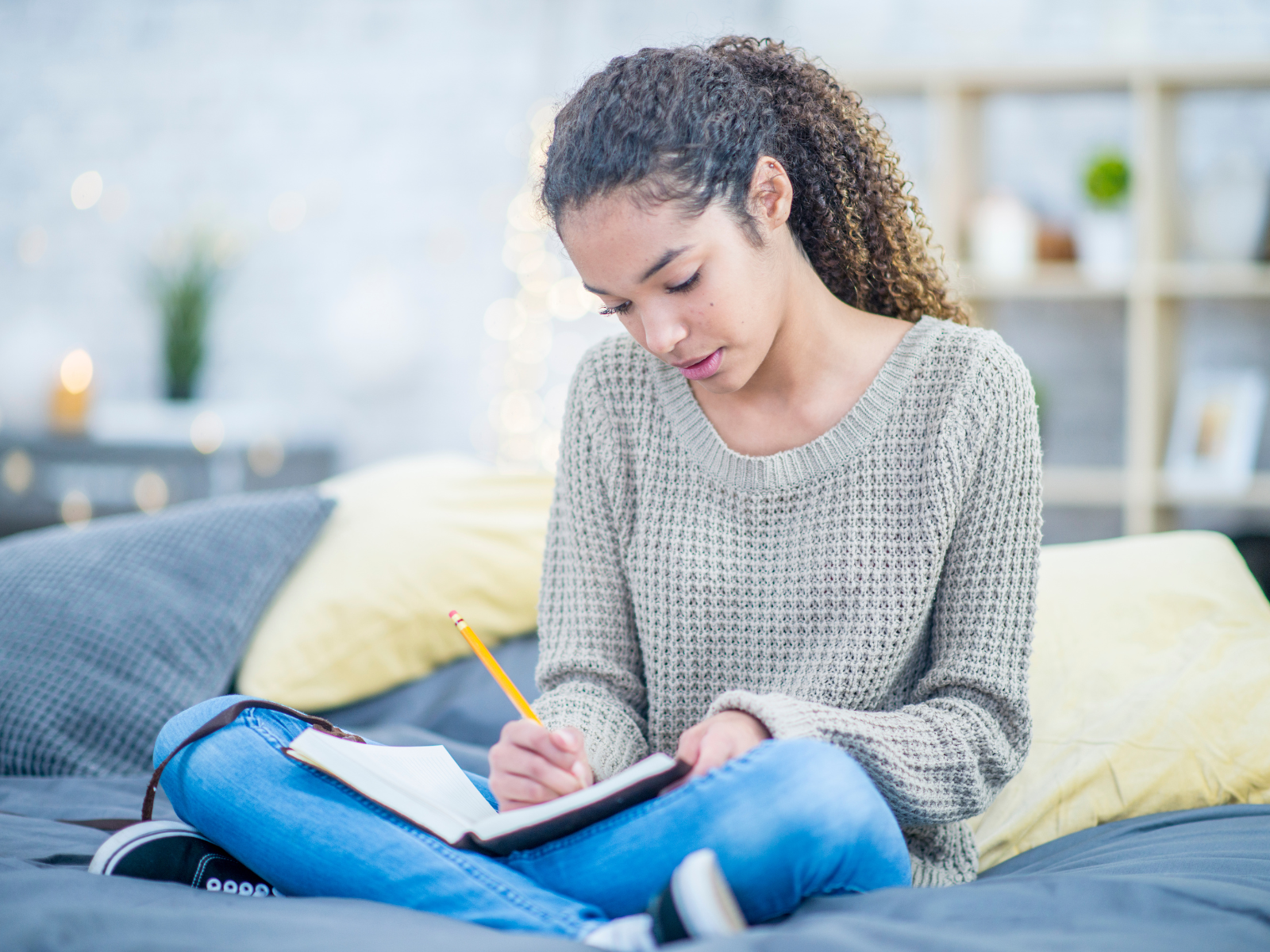

Integrating Mindfulness Practices
Mindfulness and art journaling are a natural pairing when it comes to stress relief.
By incorporating mindfulness techniques into your art journaling practice, you can enhance your focus on the present moment and reduce the influx of stress-inducing thoughts.
One way to do this is by engaging in mindful drawing or painting, paying close attention to the sensations of the art materials against the paper, the sound they make, and the visual progress of your work.
This form of active meditation can help to center your thoughts and bring about a sense of peace.
Additionally, setting intentions for your art journaling session can be a form of mindfulness that contributes to de-stressing.
Before beginning, take a moment to breathe deeply and decide what you wish to achieve with your art, whether it's to let go of the day's worries or to express gratitude.
This purposeful approach to art journaling not only enriches the creative experience but also serves as a grounding exercise, helping to alleviate stress and promote emotional well-being.
The Journey of Self-Expression
Art journaling is a deeply personal journey of self-expression.
Each page is a reflection of your thoughts, feelings, and artistic process.
It's a way to document your life and express yourself in a visual art form that is both therapeutic and fulfilling.
By incorporating different techniques such as focal points, exhaustive lists, Zentangle, portraiture, and mindfulness practices, you can enhance the depth and intention of your art journal pages.
Each entry becomes a unique piece that not only captures a moment in time but also serves as a testament to your emotional state and creative growth.
Through this process of self-expression, you can uncover new insights, de-stress, and find a sense of peace and fulfillment in your creative practice.
Personal Growth Through Art Journaling
Engaging in an art journaling practice can lead to significant personal growth.
It encourages self-reflection, boosts creativity, and can even help to de-stress after a long day.
The act of making art in your own journal can be a powerful tool for exploring your identity and emotions.
Through the process of creating, you can uncover new insights and perspectives, discovering parts of yourself that may have been previously hidden.
As you continue to fill your art journal with each page, you'll find that not only does your artistic skill improve, but also your understanding of self deepens.
With each entry, you embark on a journey of growth and self-discovery, making art journaling not just a creative practice but also a transformative one.
In addition to personal growth, art journaling can also foster connections with others.
Sharing your pages and techniques with fellow artists can lead to meaningful discussions and opportunities for collaboration.
Art journaling communities offer a supportive environment where individuals can find inspiration, encouragement, and feedback on their work.
By connecting with others through this shared creative practice, you can continue to grow and learn from each other's experiences.
In essence, art journaling is not just about creating beautiful pages; it's about fostering personal growth and building connections with others who share the same passion for self-expression and creativity.
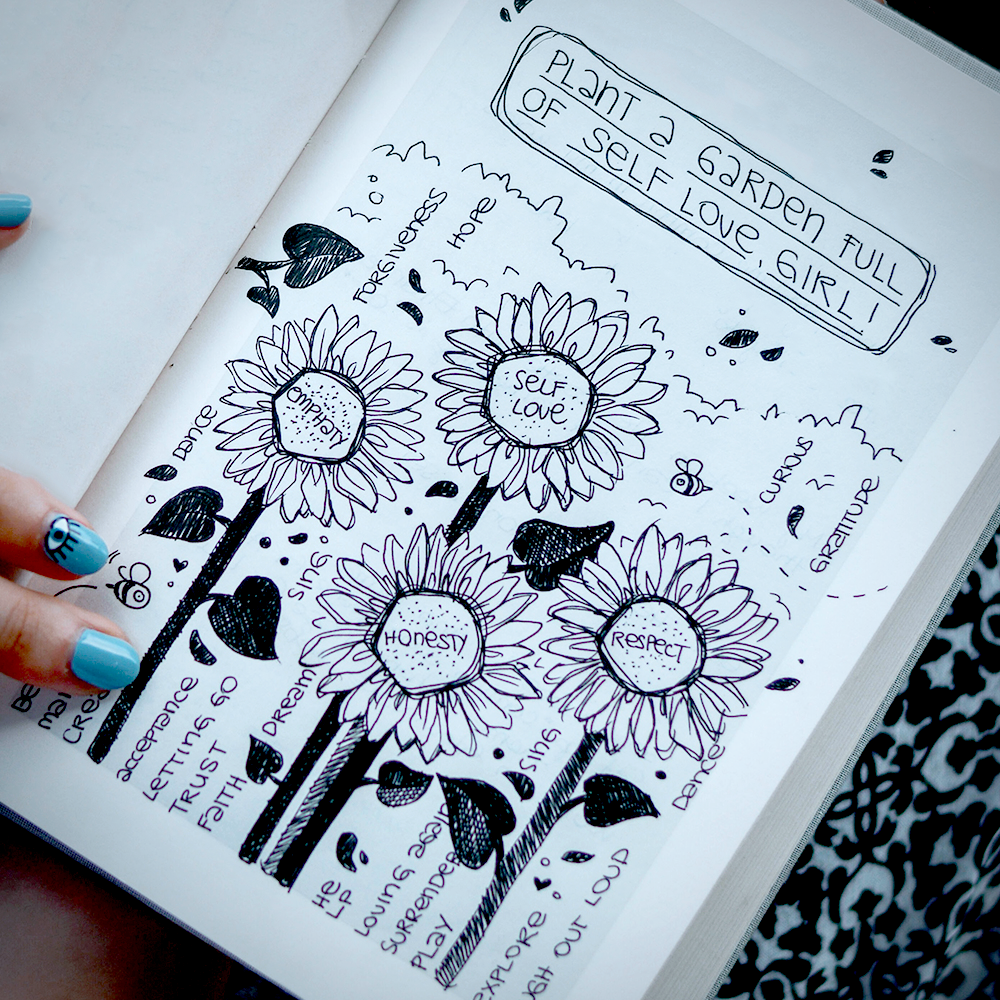
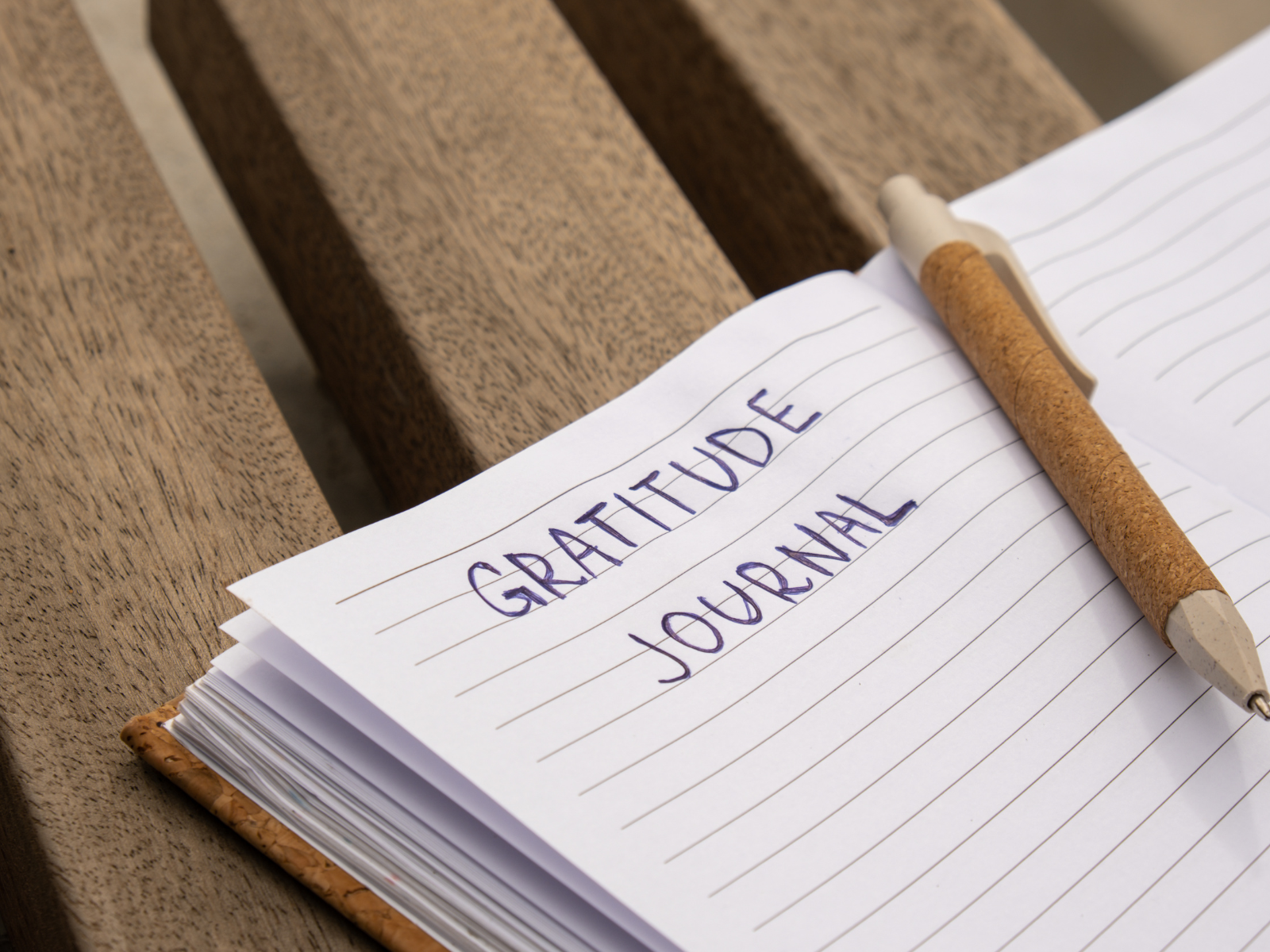

Creating Art as Self Care
Incorporating art journaling into your daily life can be an act of self care.
It provides a break from the hustle and bustle of everyday life, allowing you to focus on your well-being through the creative process.
Art journaling can be a meditative and restorative activity that nurtures your mental and emotional health.
The act of making art is an opportunity to slow down and become present in the moment, setting aside worries and stressors.
Through this mindful practice, you can cultivate self-awareness and engage in a therapeutic activity that promotes relaxation and inner peace.
Moreover, creating art also allows for self-expression, which can be incredibly empowering.
It gives you the freedom to express yourself without the constraints of words, allowing for a deeper exploration of your emotions and experiences.
Art journaling provides a safe space to process difficult feelings or celebrate joyful moments, contributing to overall emotional well-being.
Embracing Imperfection
One key aspect of art journaling is embracing imperfection.
Unlike other forms of art, where the end result may be the main focus, art journaling is about the process and self-expression.
It's not about creating a perfect or polished piece; it's about allowing yourself to be vulnerable and embrace imperfections as part of the journey.
By doing so, you can let go of expectations and enjoy the creative experience without fear or judgement.
This mindset can also lead to personal growth as you learn to accept and celebrate imperfections in both your art and yourself.
Art Journaling for Everyone
Art journaling is not exclusive to professional artists; it's a practice that anyone can enjoy.
Whether you're a seasoned artist or someone who has never picked up a paintbrush, art journaling is an accessible art form that encourages exploration and self-expression without the pressure of perfection.
All you need is a journal, some basic art supplies, and the willingness to let go and create.
Everyone's journey in art journaling will be unique, but the therapeutic benefits of self-expression and stress relief are available to all who engage in this fulfilling practice.
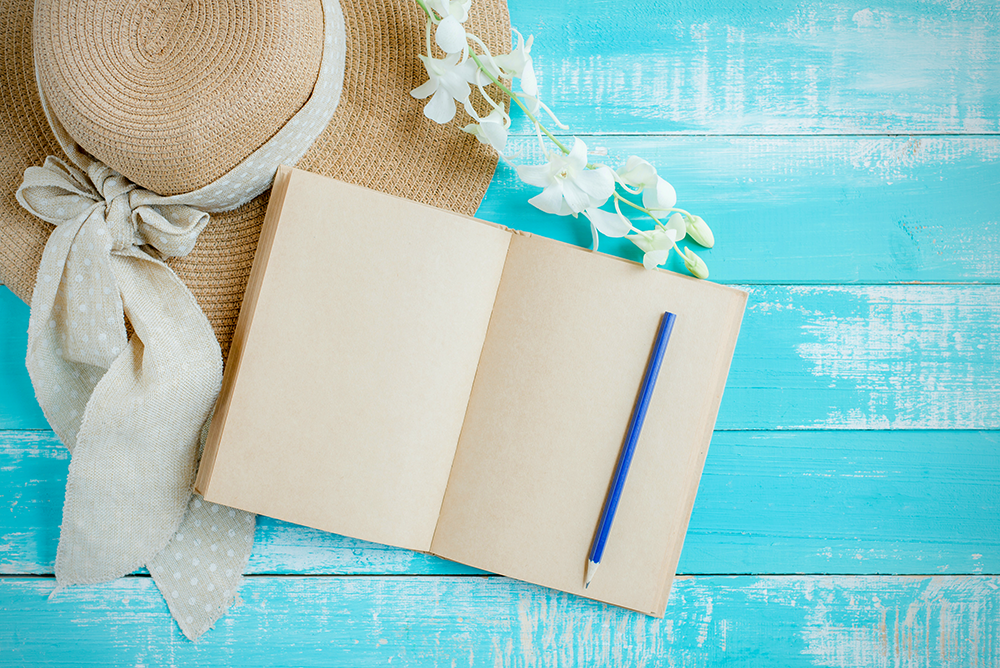

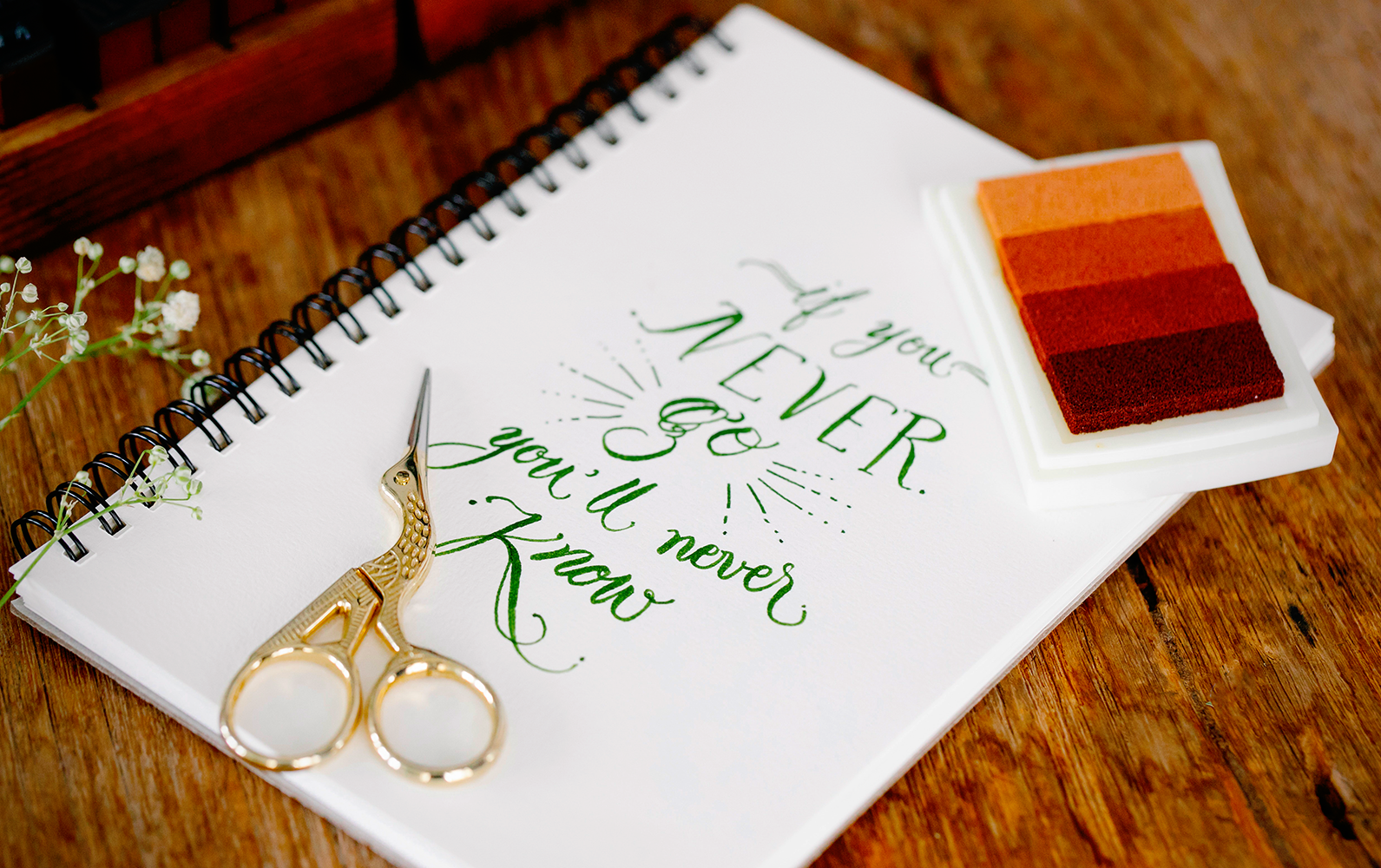
Starting Your Art Journaling Journey
To start an art journal, all you need is a journal, some basic art supplies, and a willingness to explore.
Begin by setting aside time each day or week to work on your journal.
Remember, there's no right or wrong way to art journal—it's all about the process and what it means to you.
Start by experimenting with different techniques and styles to find what works best for you.
Don't be afraid to make mistakes or try something new; that's all part of the journey.
As you continue to create, your skills will improve, and your journal will become a visual representation of your growth and self-expression.
Maintaining Your Art Journaling Practice
Consistency is key in maintaining an art journaling practice.
Even if you only have a few minutes a day, regularly adding to your journal can help you develop your skills and deepen your artistic expression.
Embrace the journey and watch as your art journal becomes a cherished record of your creative and personal growth.
Remember, art journaling is not just about creating beautiful pages; it's a form of self-care and a journey of personal discovery.
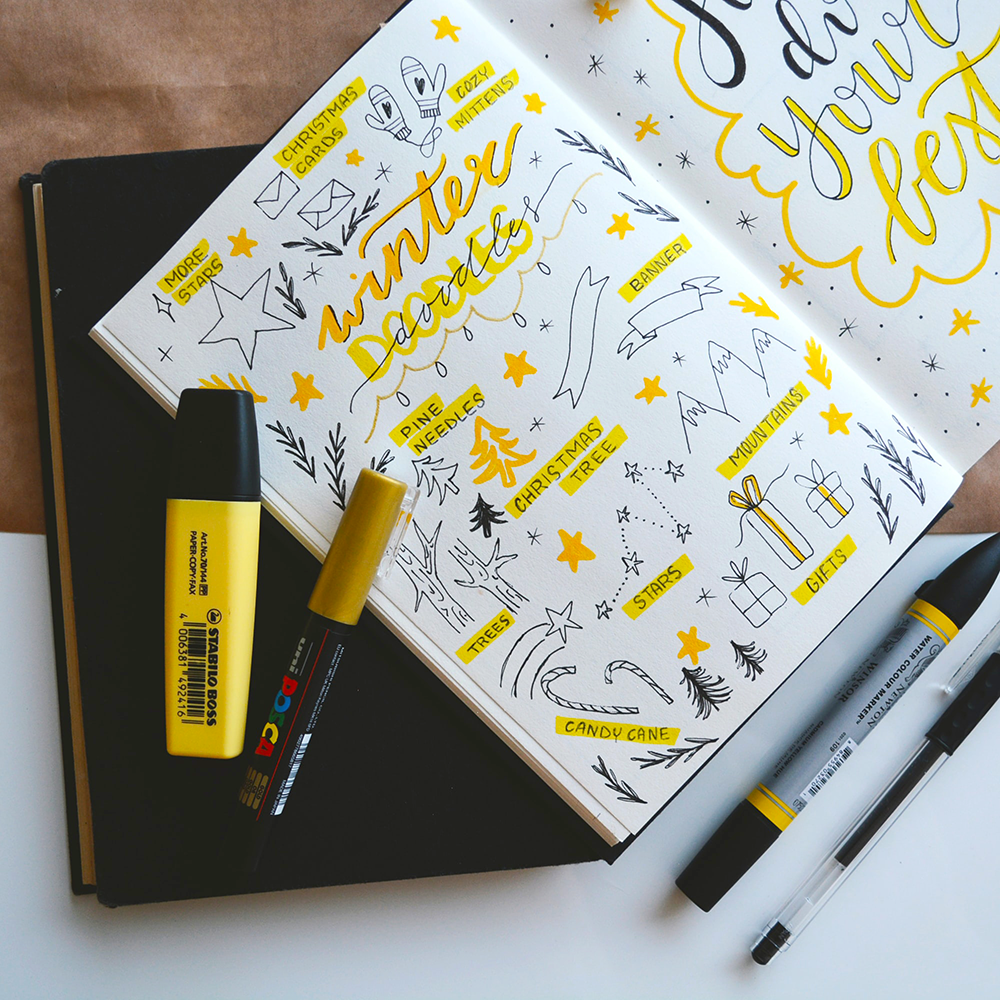

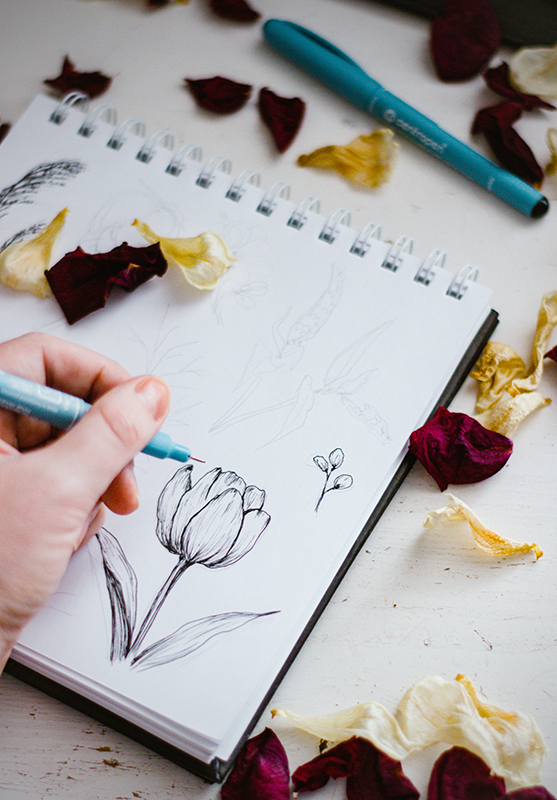
The Power of Art Journaling
Art journaling is a dynamic and personal form of creative expression that combines visual art with elements of writing.
It serves as a visual diary, capturing the nuances of everyday life and the inner workings of the artist's mind.
Art journaling is a powerful tool for self-expression, stress relief, personal growth, and building connections with others.
With the right art journal supplies and a willingness to explore, anyone can embark on an art journaling journey.
This practice not only fosters self-expression and personal growth but also offers a therapeutic outlet for self-care.
By incorporating a variety of art materials, techniques, and prompts, art journalers create a unique and personal space that reflects their individual journey.
Whether you want to de-stress, unleash your inner artist, or improve your mental well-being, art journaling is worth exploring.
It's a rewarding hobby that can be enjoyed by all, and you get to create something unique and beautiful.
So, what are you waiting for?
Grab your journal and start creating because art journaling is a beautiful form of self-expression that anyone can enjoy!
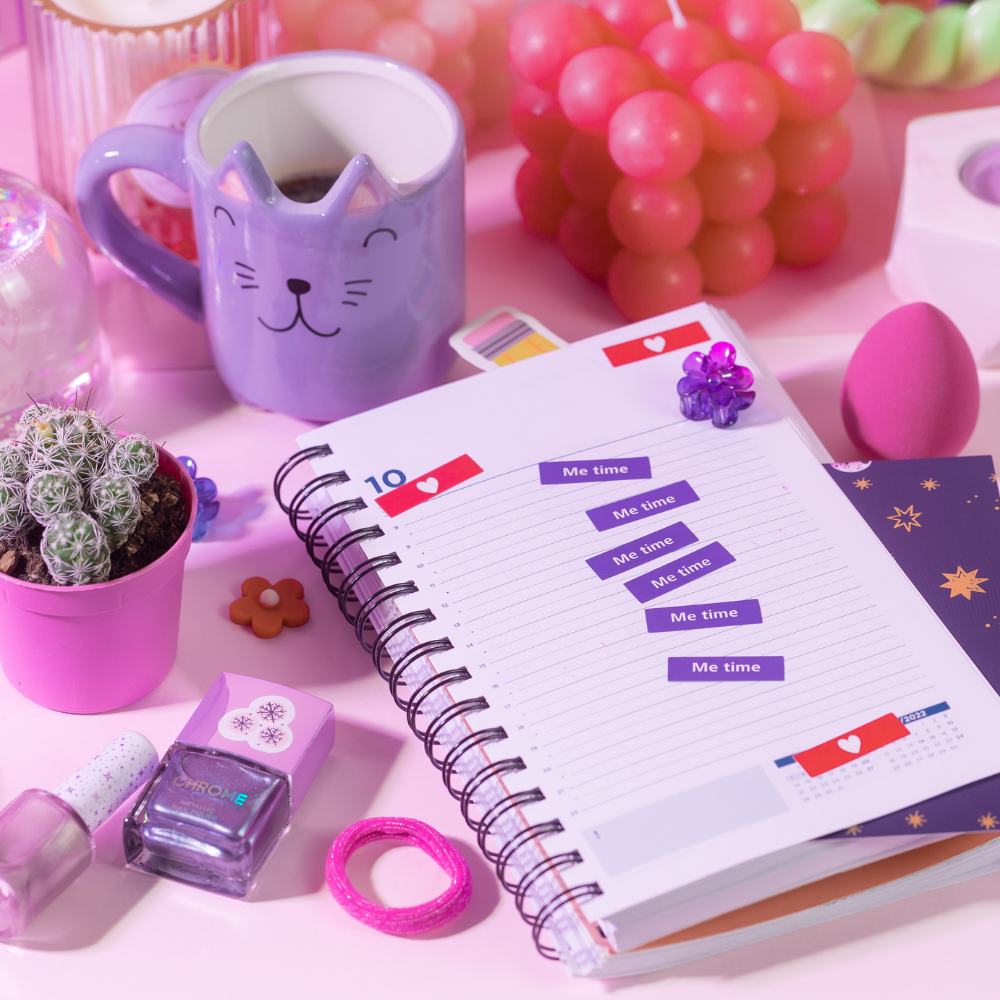
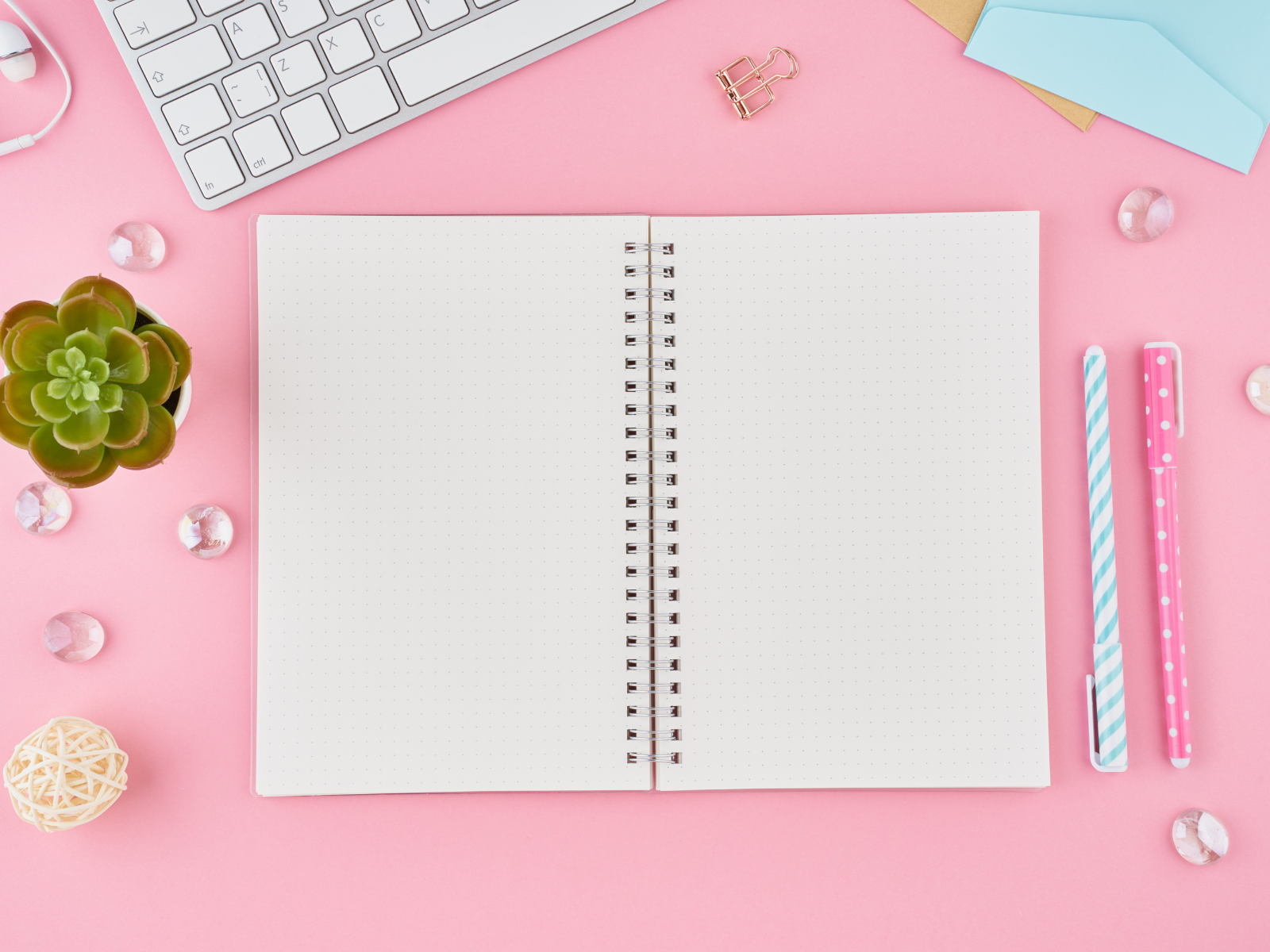
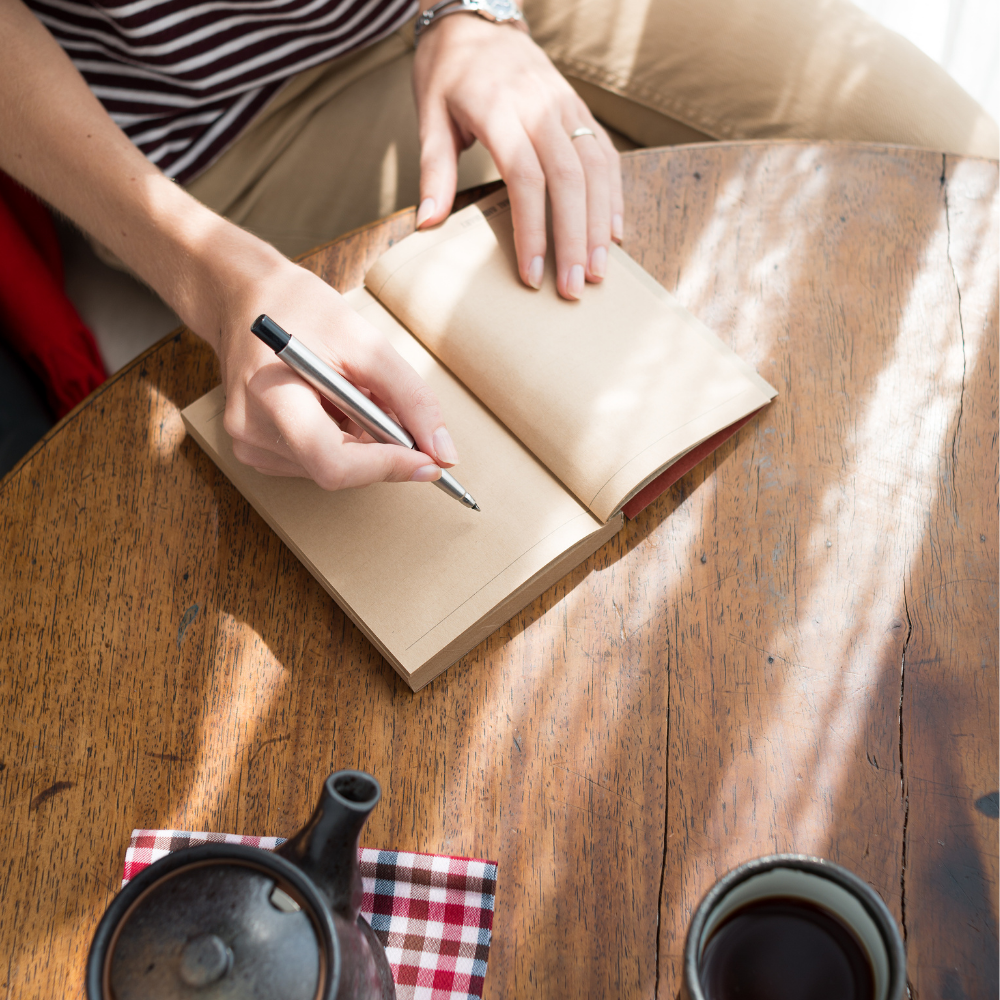
Ready to learn more about art journals? Check out Keren Tamir's video!
Want even more content about creativity and art?
Be sure to check out all of our creative chronicles!
Eager to learn more about journals and sketchbooks?
Check out some of our other articles:
-How do you set up an art journal?
-What are the rules for art journals?
